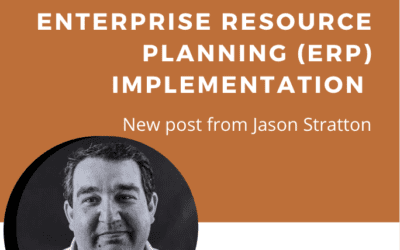In honor of Oregon Manufacturing Day 2014, we’re posting a series of interviews with manufacturing and technology leaders in Oregon. Meet David McFeeters Krone (or DMK for short!). He’s a licensing & open innovation expert who is passionate about the future of manufacturing. Connecting companies to technologies, expertise and facilities, David helps firms find solutions and secure agreements with US research institutions (often federal labs). He also serves as a technology scout, a business development consultant, and a capability broker.
Why do you feel Manufacturing Day is an important day to celebrate?
Though a significant portion of the economy is knowledge based, we still depend on making things. Great innovations in science and computer applications fill the paper; however it is even more important that people understand the value of what happens in a plant and what that success looks like.
Who is your favorite Oregon ‘manufacturing hero’? (Historic inventor, manufacturer, innovator)?
Though not necessarily an Oregonian, my favorite manufacturing hero is Frederick Taylor (of coal shovel and time-motion study fame). It is not only about the doing things a new way, but also about making what is currently done better. Also, it is in the analysis of how things are currently done where the glaring weakness are also found.
How will technology change manufacturing in the next 5 years?
Of course sensors seeking to optimize resource use and waste will continue to be important, but I fully expect a breakthrough in energy generation/storage that will change the cost of this critical resource.
What specific technologies do you see influencing manufacturers the most now, and how do you think that will change?
Right now we are seeing a proliferation of data, but limited methods to turn this into actionable information for operations purposes. As connections between disparate systems increase and computing power becomes more available where it is needed (along with software to discern meaningful actions); manufacturers will be able to make better decisions about issues ranging from materials, inventory, time of day manufacturing, and resource utilization.
What are you most excited about for the future of manufacturing in Oregon?
Oregon has access to a rich set of natural resources along with an intent to maintain these for the long term. This long term view not only positions Oregon as a sustainable manufacturing leader, but also pushes our manufacturing base to be sustained.
What do you think manufacturers should know about developing technologies?
Not everything needs to be done in house. There are ample and often better resources to find, develop, and deploy technology outside of your firm. As Bill Joy (founder of Sun Microsystems) said, “No matter who you are, the smartest people probably work for someone else.” A lot of times these smart people are in federal labs and universities and would welcome your real world problems to solve.



